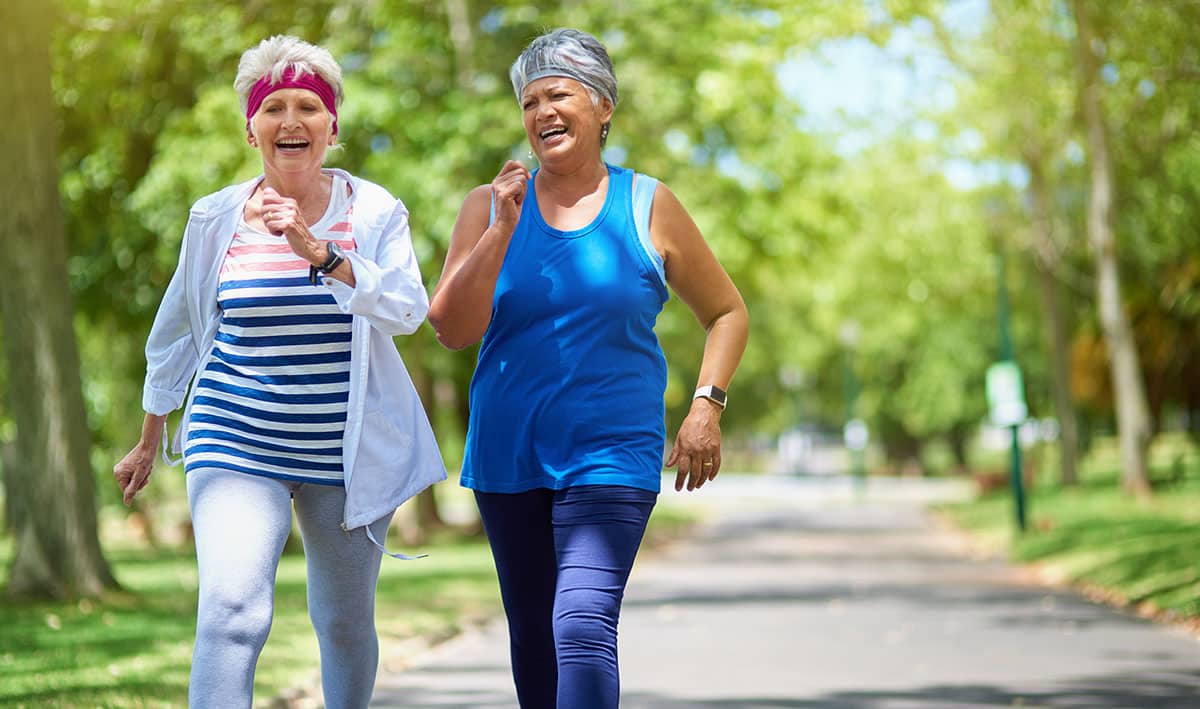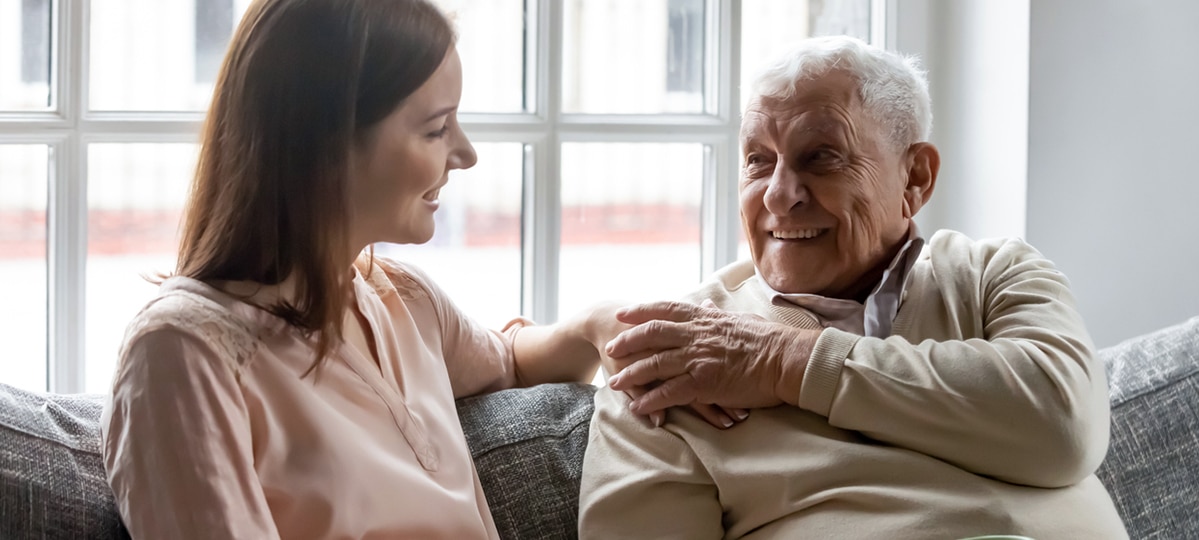It’s well-known by now that ultraviolet radiation from the sun’s rays is linked to sunburn, skin damage and skin cancer including melanoma, according to the American Academy of Dermatology (AAD). The AAD encourages using key sun-protection strategies, including effective sunscreen coverage; wearing a wide-brimmed hat, sunglasses and lightweight clothing whenever possible; and seeking out shady areas during the middle of the day.
What Type of Sunscreen is Best to Use?
There are two types of sunscreens:
- Chemical Sunscreens: These sunscreens absorb the sun’s harmful rays. Such sunscreens contain active ingredients like avobenzone, oxybenzone, octocrylene, homosalate, octisalate and octinoxate.
- Physical (or Mineral) Sunscreens: These sunscreens block and reflect the sun’s harmful rays. Such sunscreens tend to leave a white coating when applied and contain ingredients like titanium dioxide or zinc oxide, or both.
While chemical sunscreens have been popular because they absorb substantial amounts of the sun’s harmful rays, a concerning new study published in the Journal of the American Medical Association (JAMA) showed that the chemicals in these sunscreens are absorbed into the bloodstream. What’s more, seniors may be even more vulnerable to these chemical-laden sunscreens since our skin becomes thinner as we age.
So far, the experts in the JAMA study know only that the chemicals are absorbed into the bloodstream in high levels—not whether and how these chemicals are harmful. Until more is known, and because older folks’ skin is particularly vulnerable to absorption, it’s best to choose physical sunscreens, say the JAMA experts. Physical sunscreens offer excellent “barrier” protection, with the bonus of tracking your coverage since it leaves a white coating on the skin.
According to the Skin Cancer Foundation and the AAD, principles of effective sunscreen use include:
- Be sure it’s water-resistant.
- Choose a Sun Protection Factor (SPF) of 30 or higher. SPF 30 filters out 97 percent of UVB rays; an SPF of 50 filters out 98 percent of UVB rays.
- Apply sunscreen 30 minutes before going into the sun.
- Reapply every two hours and immediately after swimming, toweling off or sweating a great deal.
If you have a history of skin cancer or are light-skinned, talk to your doctor about the SPF that’s right for you or additional sun protection strategies.
Getting Your Vitamin D: A Little Sun Goes a Long Way
According to experts like Dr. Michael Holick, a professor of medicine, physiology and biophysics at the Boston University Medical Campus, a brief burst of sun exposure without sunscreen is now considered okay, especially for seniors. You can have a sensible 10 minutes’ worth of sun exposure in order to stimulate the production of vitamin D. Exposure should focus on your arms or abdomen, according to Dr. Holick. Always protect your face and head and the rest of your body, which are more prone to sunburn and to skin cancer.
The sun helps your body to manufacture vitamin D, a crucial vitamin that dips during the senior years and is challenging to get through dietary items (although you can get minimal amounts through salmon, eggs and milk). Indeed, low levels of vitamin D are associated with a risk of falling, osteoporosis, colorectal cancer and possibly heart disease.
The best time of day for this vitamin D “consumption” is between 10 a.m. and 3 p.m. That’s when it works for the sun’s rays to manufacture vitamin D, says Dr. Holick. But keep the exposure brief–no more than 10 minutes. Apart from that, you should minimize your time in the sun during this window when the sun’s rays are most intense.
So, go ahead and show a little skin this summer, but never let yourself get a sunburn.




